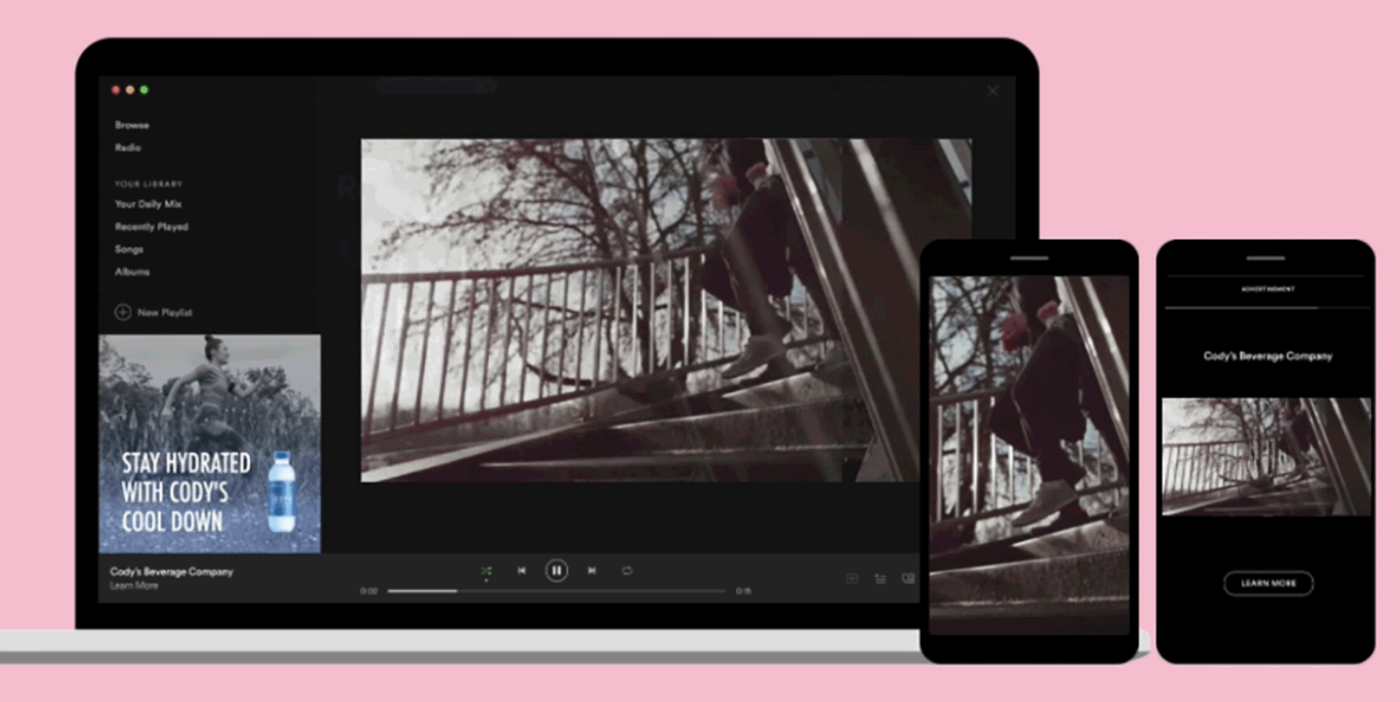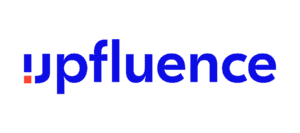
Digital billboard advertising can be a great way to promote your company in a quick and efficient manner. It is also an affordable option that can help increase brand awareness, business loyalty, and drive customers to your location.
A digital billboard is best placed near bus terminals and train stations. These areas have high traffic and are an excellent place to reach many people.
Another advantage to digital billboards? Their flexibility. They can be customized to your needs and market requirements at any time. This allows you to target different demographics, and makes your advertisement more relevant to one group.
If you need to advertise a special sale or promotion, this feature is especially useful. It allows you change the digital billboard screen every single day or week to advertise a different deal. This will enable you to adapt to external variables such as traffic or weather that can affect the success of an ad.

You can also change the time and date of your ads so it's displayed when you are most likely to be seen. This is particularly helpful if you have a limited-time offer that you need to display on your digital billboard.
This will save you money over the long-term. It is also useful if you have many products or stores that need to advertised.
The content for a digital billboard can be created electronically and sent to a digital outdoor screen, eliminating the wait for publishing. This helps reduce printing costs and ensures your ad is visible to the maximum number of people.
You can use digital billboards for more than just advertising. They can provide information on stock courses, RSS-feeds and audio streams. This allows businesses and consumers to interact with their content in a different way to traditional billboards.
Many digital billboards can be equipped with motion sensors and face detection technology that turn them into interactive displays. For example, the UK-based charity Women's Aid used a sentient digital billboard to raise awareness of domestic violence against women. This screen showed a woman with a battered face. The screen could sense and heal her bruises, making it an engaging and unique experience.

These features are what makes digital billboards so different from traditional billboards. They can quickly promote your brand and help you stand apart from the rest.
They are also great for advertising events and promotions such as major concerts or baseball games. The large size and quality of these digital screens makes them a perfect fit for these types of events and can greatly enhance the visibility of your brand or product.
FAQ
How much does it cost to advertise on social media?
You should be aware that social media advertising costs money. You'll be charged monthly according to how long you spend on each platform.
Facebook: $0.10 per 1,000 impressions
Twitter - $0.20 per 1,000 impressions (if you tweet)
If you send invitations, Linkedin: $0.30 per 1,000 impressions
Instagram - $0.50 Per 1,000 Impressions
Snapchat - $0.60 per 1,000 impressions ($0.40/user)
YouTube - $0.25 per 1,000 views
Tumblr Text Posts - $0.15 Per 1,000 Impressions
Pinterest - $0.05 per 1,000 impressions per month
Google + - $0.15-$0.20 per 1 million impressions
Tumblr $0.15- $0.20 for 100,000 impressions
Vimeo - $0.20 to $0.25 per 10,000 impressions
Soundcloud: $0.20-$0.25 Per 1 Million Plays
StumbleUpon - $0.20 -$0.25 per 1 billion pageviews
Digg: $0.20 – $0.25 per 1,000 diggs
Reddit - $0.20-$0.25 per 1000 comments
Wordpress - $0.20--$0.25 per 500 comments
Flickr - $0.20 -- $0.25 per 5,000 photo uploads
How do I choose my target audience?
Start with yourself and those closest to your heart. You might be unsure where to begin. Ask yourself: "Whom am I trying to reach?"
These are some questions to ask yourself: Who is the most influential person in my industry? What problems do they deal with daily? Which people are the most intelligent in my industry? Where are they located online?
Rewind to the beginning, when your business was founded. What motivated you to start your business? What problem were you able to solve and how did this happen?
These answers will help to identify your ideal clients. You'll also learn more about what makes them tick and why they buy from you.
To get clues about who they cater to, you can also check out your competitors' social media pages and websites.
Once you have identified the target customers, it is time to decide what channel(s) you want to use to reach them. An example: If you provide services to realty agents, you may create an informational website for home buyers.
If your company provides software to small businesses, you might consider creating a blog for those owners.
A Facebook page for teens could be set up if you are a clothing seller. You could also set up a Twitter account if your restaurant is a business owner to help parents find kid-friendly restaurants.
This is the point: There are many ways to communicate your message.
What is the best way to learn about television advertising?
Television advertising can reach a lot of people quickly and is very effective. It was also very expensive. But if you use it correctly, it can be extremely powerful.
While there are many types and styles of TV ads, most share some common traits. The first thing to remember when planning any type of TV ad is to ensure it fits into its category. If you're running a product commercial, don't try to run a lifestyle commercial as a product commercial. Your message should be consistent throughout the entire campaign.
Remember that prime-time is the best time for your ads to be aired. This is because TV viewers often relax while in front of the screen. You want them to be relaxed enough to focus on your words.
Last but not least, just because you have a lot of money does not mean that you will get great results. Actually, it could be the contrary. A study conducted by the University of California found that commercials aired during popular shows were less likely to sell products than those aired during unpopular shows. It is important to do the right thing if your TV advertising budget is large.
What is advertising's primary purpose?
Advertising is more about connecting with customers than just selling products.
Advertising is about communicating values and ideas to people who are interested in your products or services. It's about changing minds and attitudes. It's also about creating relationships.
It is all about making people feel good.
But, if you don’t have a clear understanding of your customers’ needs, you will not be able sell anything.
Before you begin any advertising campaign, it is important to understand your customers' needs, wants, and buying patterns.
Then, you can create ads that resonate.
What are the basics of internet advertising?
Internet advertising is an essential part of every business strategy. It allows businesses to reach potential clients at a low price. There are many forms of internet marketing. Some are completely free while others require payment.
You can also advertise online using banner ads, pop up ads, search engine optimization, pay-per-click advertisements (PPC), social media marketing (e-mail marketing), and mobile marketing. Each method has its pros and cons.
Advertising what is it?
Advertising is an art form. Advertising is not about selling products. It's about building emotional connections between brands and people.
Advertising is about communicating ideas through images and stories.
You have to make sure you are communicating clearly and persuasively. You must tell a story that is relatable to your target market.
This makes advertising different from other forms of communication, such as public speaking, writing, or presentations.
Because when you create a successful ad campaign, you are creating a brand identity for yourself.
This is how memorable you can be. People want to remember you.
What should you know about radio advertising
It is important that you understand the differences between media. It is important to understand that all media forms are complementary and not competitive.
Radio advertising can be extended to television. Radio complements television advertising by reinforcing key messages or providing additional information.
Radio listeners are often not able to handle long TV commercials. Radio ads tend to be shorter and more affordable.
Statistics
- It collects money from the advertisers, keeps 32% for its role in facilitating the process, and the remaining 68% goes to the publisher (you). (quicksprout.com)
- Google will display whichever ad type (CPM or CPC) is expected to earn more revenue for the publisher, which is in Google's best interest since they take a 32% share of the revenue. (quicksprout.com)
- In 1919 it was 2.5 percent of gross domestic product (GDP) in the US, and it averaged 2.2 percent of GDP between then and at least 2007, though it may have declined dramatically since the Great Recession. (en.wikipedia.org)
- Advertising spending as a share of GDP was about 2.9 percent. (en.wikipedia.org)
External Links
How To
How does one place an advertisement on a billboard?
Although billboards have been around since late 1800s, they first became popular in World War II as they were placed along highways and roadsides. Most billboards contain text advertising. However, some have photographs or art. Many billboards are static. Others display messages that change periodically, such a weather forecast, stock price, stock scores, political events, or stock market prices.
Although most billboards can be found outdoors, there are also indoor options. While outdoor billboards are often seen by people passing by, indoor ones might only be seen once in a few years. The most common outdoor billboard style is the "cubic". It is made from three layers -- two sheets each of glass and a layer with fiberglass mesh. This design allows air circulation through the billboard. It keeps it cool during hot weather and warm during cold.
Companies like Billboard Advertising Inc. are paid by advertisers to place their ads on billboards. These companies then make space available on billboards for advertisers. Advertisers buy these spaces based on how much they want to spend on advertising. Many advertisers choose the best spots for their ads by looking at where people are most likely to drive or walk.
Billboard Advertising Inc. is licensed to sell ad space and to erect signs in cities. Some cities allow billboards anywhere; others restrict them to certain areas. Chicago, for example, requires billboards to be kept at least 1,000 feet away from highways. Other cities stipulate that billboards must be at least 500 feet away from any school or church.
Billboard Advertising Inc. has contracts to promote products and services throughout the United States, including Florida, California, Nevada, Texas, Arizona, New Mexico, Colorado, Washington, Oregon, Idaho, Utah, Wyoming, Alaska, Hawaii, Canada, Puerto Rico, Guam, Virgin Islands, and American Samoa.